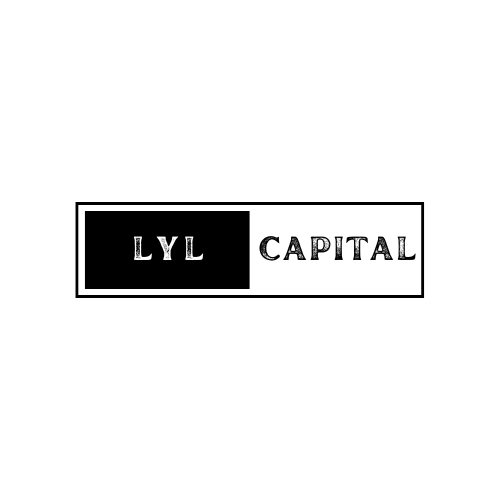What it takes
Anytime we look to take on a project, we expect it to take 10 years. Our business plan may anticipate a turnaround in less than 6 months and an exit may present itself even before we close on a property — as it often does with a well-executed off-market transaction. We believe the returns, tax advantages and autonomy provided to our investors are attractive, but only they can be the judge of that. We need to present them with the risks so they can make an informed decision.
We identify an opportunity and perform intense initial due-diligence. If the deal looks like a great opportunity, we sign a purchase and sale agreement with as long of a due-diligence period as we think we need (usually 45-60 days on an existing asset and 90-120 with any form of entitlement risk) and we post the deposit and incur due diligence expenses. This is a relatively high hurdle for us as we like to focus intensely on 1-2 big projects and we don’t have the resources to spray and pray. Once we are under contract we spend real money and real time.
We run an institutional due-diligence process and pay consultants to tell us bad news. We make sure they are integrated into the project team and understand what we are trying to do with the asset and we solicit their opinions.
The end result of this due diligence process is a concise and comprehensive written memo. This memo is 75% downside risk protection and risk factors and 25% business plan. The business plan is easy. It is what we saw when we put the asset under agreement - the clear value proposition that makes it worth our time and worth our investors’ consideration. It is a clear path. The rest of the memo is what might trip us up and how we will handle it when some or all of these factors come into play. These always come down to time (ours) and money (ours and our investors). We look at this list with a very sober eye, share it broadly with our internal team and consultants and solicit feedback. At the end of that process, I sit on it. I think about what this would look like for me, my team, my family and other stakeholders if everything went wrong. I envision what sticking this project out for 10 years would look like. At this point, human nature is to be committed to the sunk costs of due diligence and have a bias to do the deal. Frankly, none of that matters when you look at it through the lens of 10 years of your life and a lot of anticipated stress. Few deals are worth doing when you have run through that analysis. We do very few deals. The ones that make it through that process, I take to banks and investors. At that point, I don’t take any notes or presentations into those meetings. I send them our memo and I answer all questions with 100% candor and no attachment to the outcome. They will probably be saving me a lot of headaches by saying no. So far, I have never had to line up a second meeting with an investor. It is obvious at this point that we are prepared to battle any real and imaginary obstacles that may lay ahead.
